A common mating pattern at lower levels of play, back-rank mates are delivered against an unsuspecting king on the edge of the board, usually after castling. To ensure that this doesn’t happen to you, make sure to create a flight square.
Back-rank mates occur when a king has absolutely no way to get off the first (or eighth) rank because their own pawns block the way. Unlike other pieces, the pawns can’t move backwards to block the attack, meaning they only serve as a deadly wall. This means that if a rook or a queen can successfully infiltrate the enemy lines, they can potentially deliver a checkmate.
Here’s an example of a back-rank mate:

Though this example shows an endgame position, back-rank mates tend to occur in the middlegame, shortly after a player has castled. That is when kings end up behind an impenetrable line of pawns, something that offers a sturdy defense from the front–but, as we’ve seen here, can also make them very vulnerable from the side.
You can avoid this gruesome fate by paying attention to a few small possibilities. In general, the easiest way to protect yourself against a back-rank mate in chess is to move one of the pawns in front of the king (usually the h-pawn or the a-pawn depending on the side you’ve castled) a single square forward. This doesn’t give much of a target to your opponent for a frontal attack but it guarantees that your king can run away from what would otherwise be a checkmate on the first (or eighth) rank.
Also, back-rank mates are only possible if an enemy heavy piece has a pathway into the position. Take extra care about your king’s safety when there are open lines present (meaning the pawns have been traded off.) Another way to stop your opponent from delivering this kind of a checkmate is to have your own rook or queen present on the backline to guard against a deadly invasion. Since you’ll already have a rook next to your king after you’ve castled, the easiest way to ensure this is to keep it nearby and focus on activating your other pieces instead.
Back-rank mates can also occur after a set of trades on an open file. This means that sometimes you have tactical opportunities to consider even if you can’t straight-up deliver checkmate. In certain scenarios, your opponent will have to make a worse move to avoid mate, allowing you to gobble up some material.


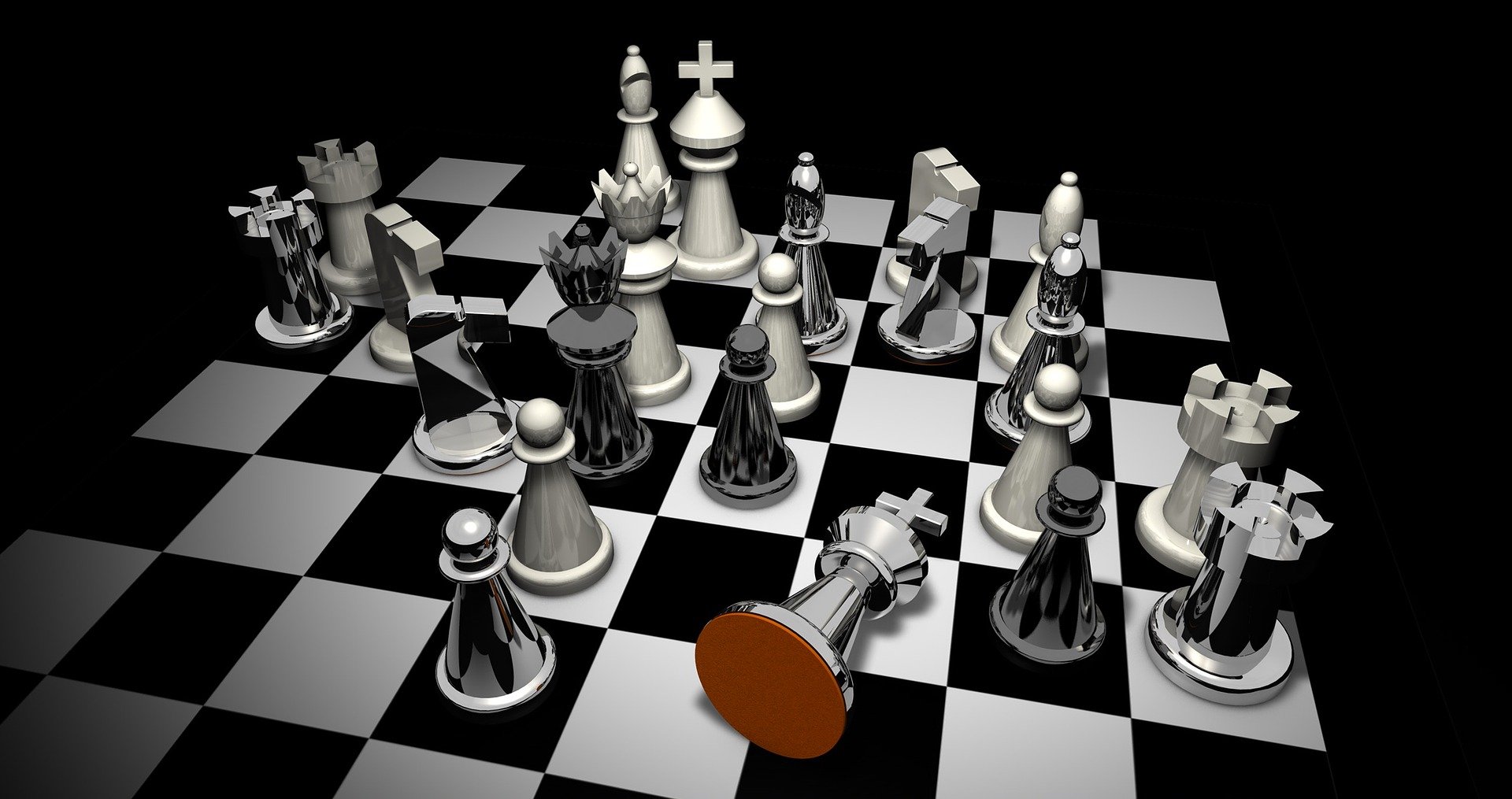
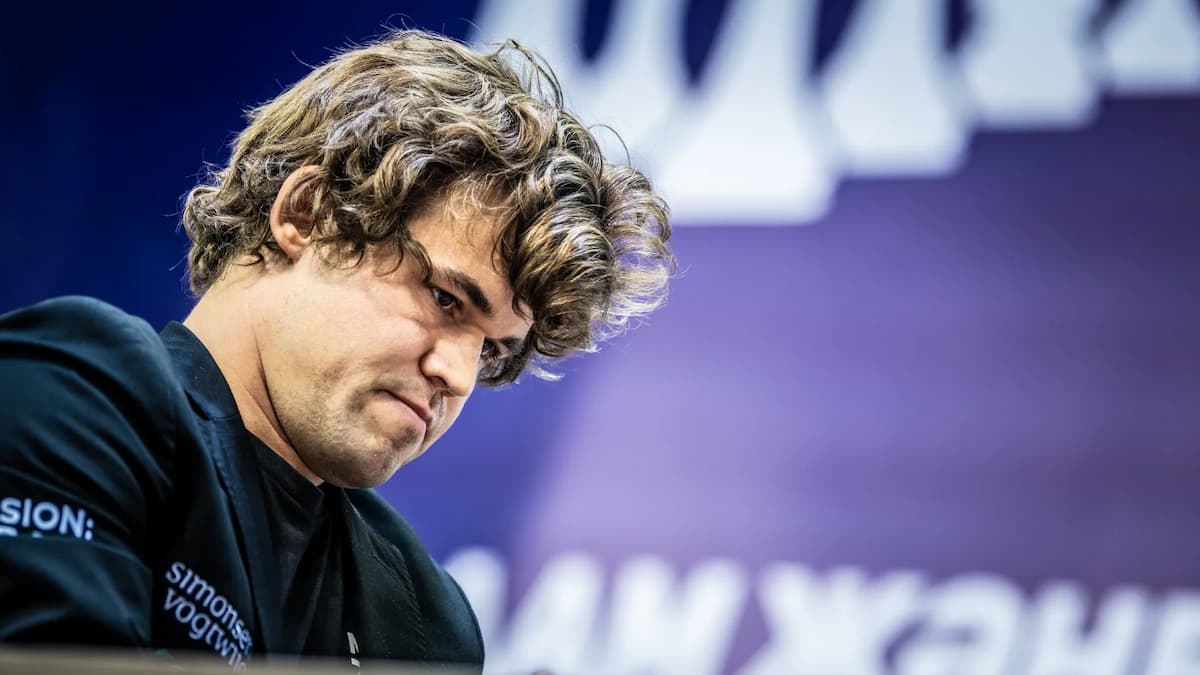
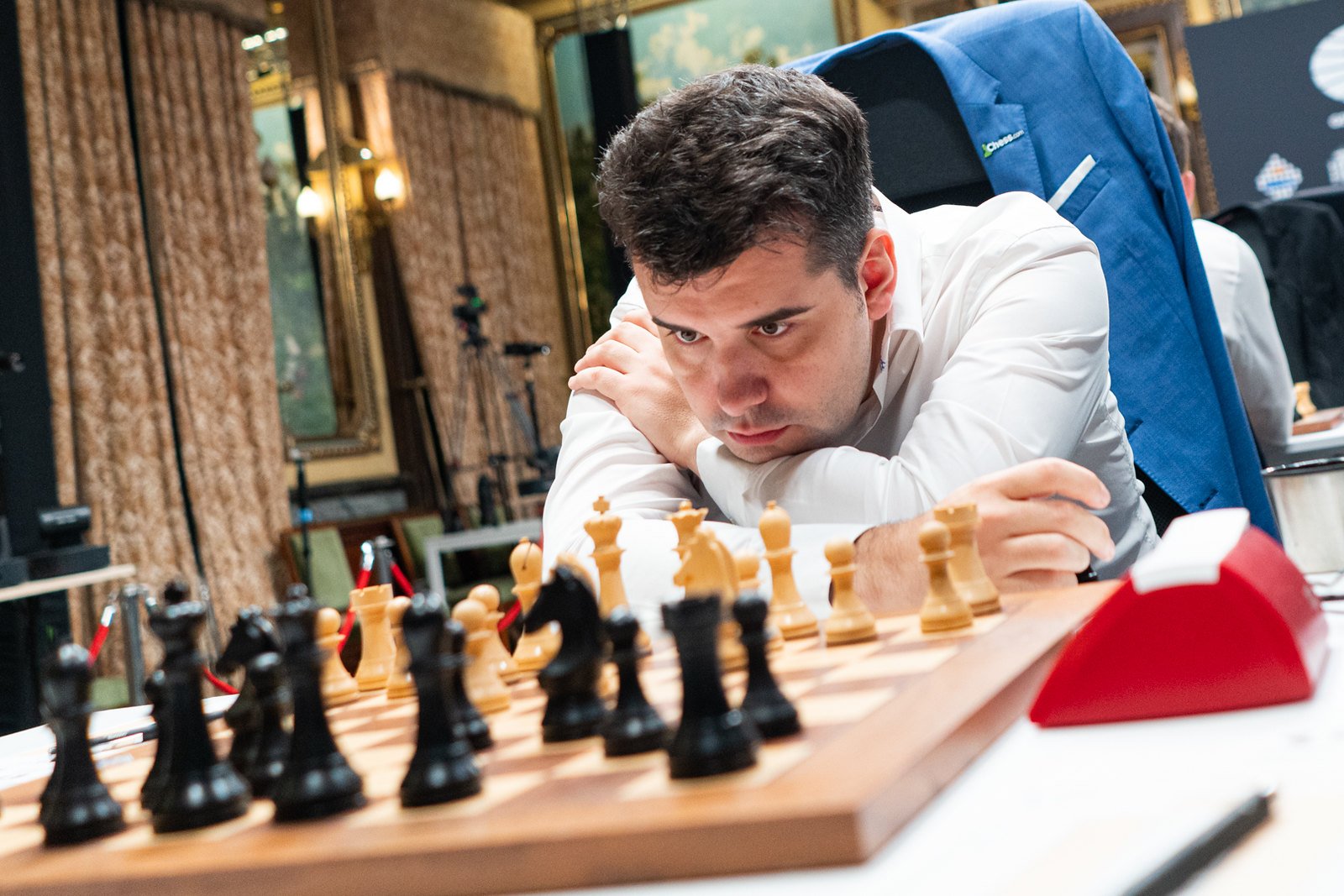



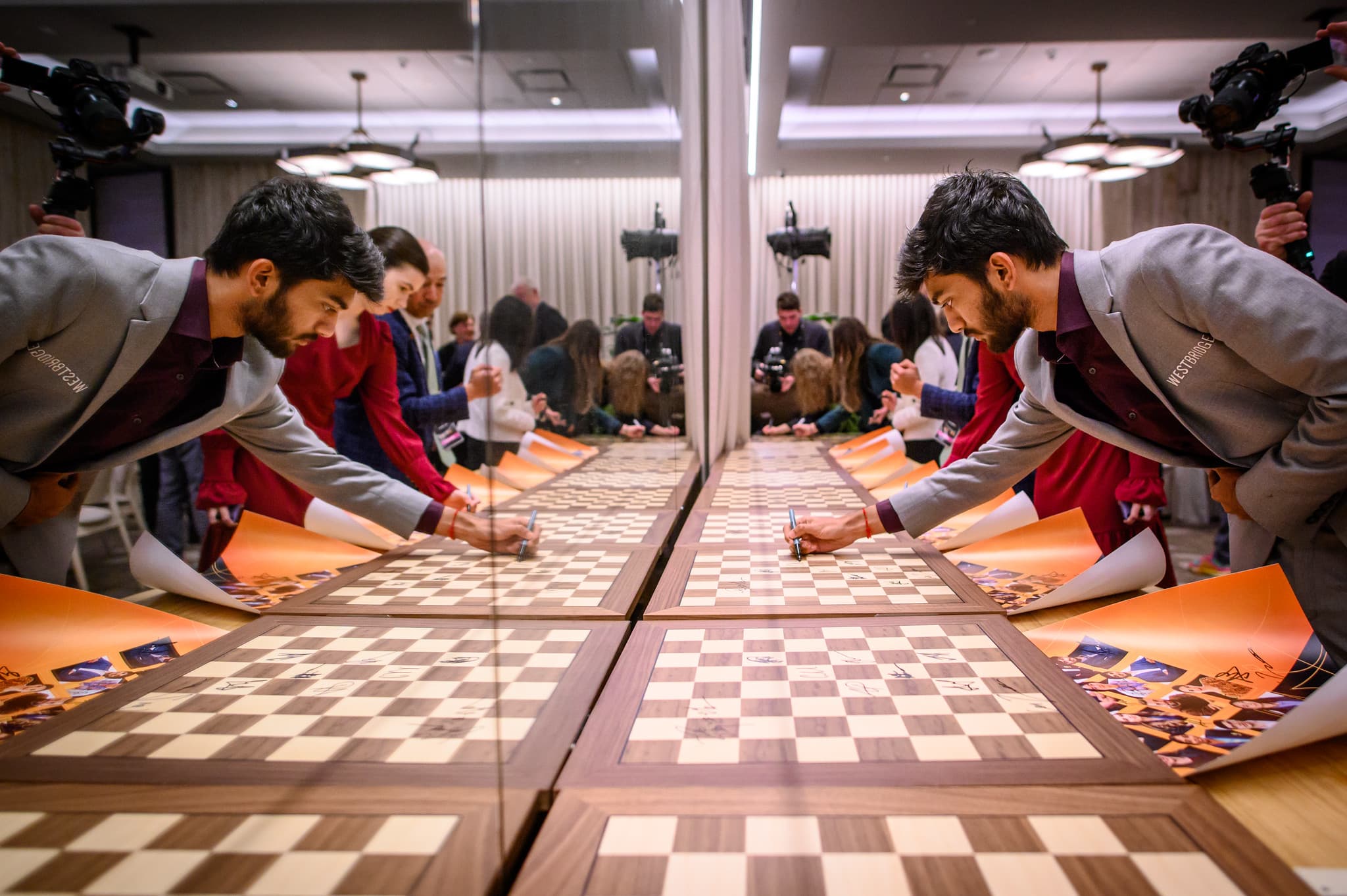

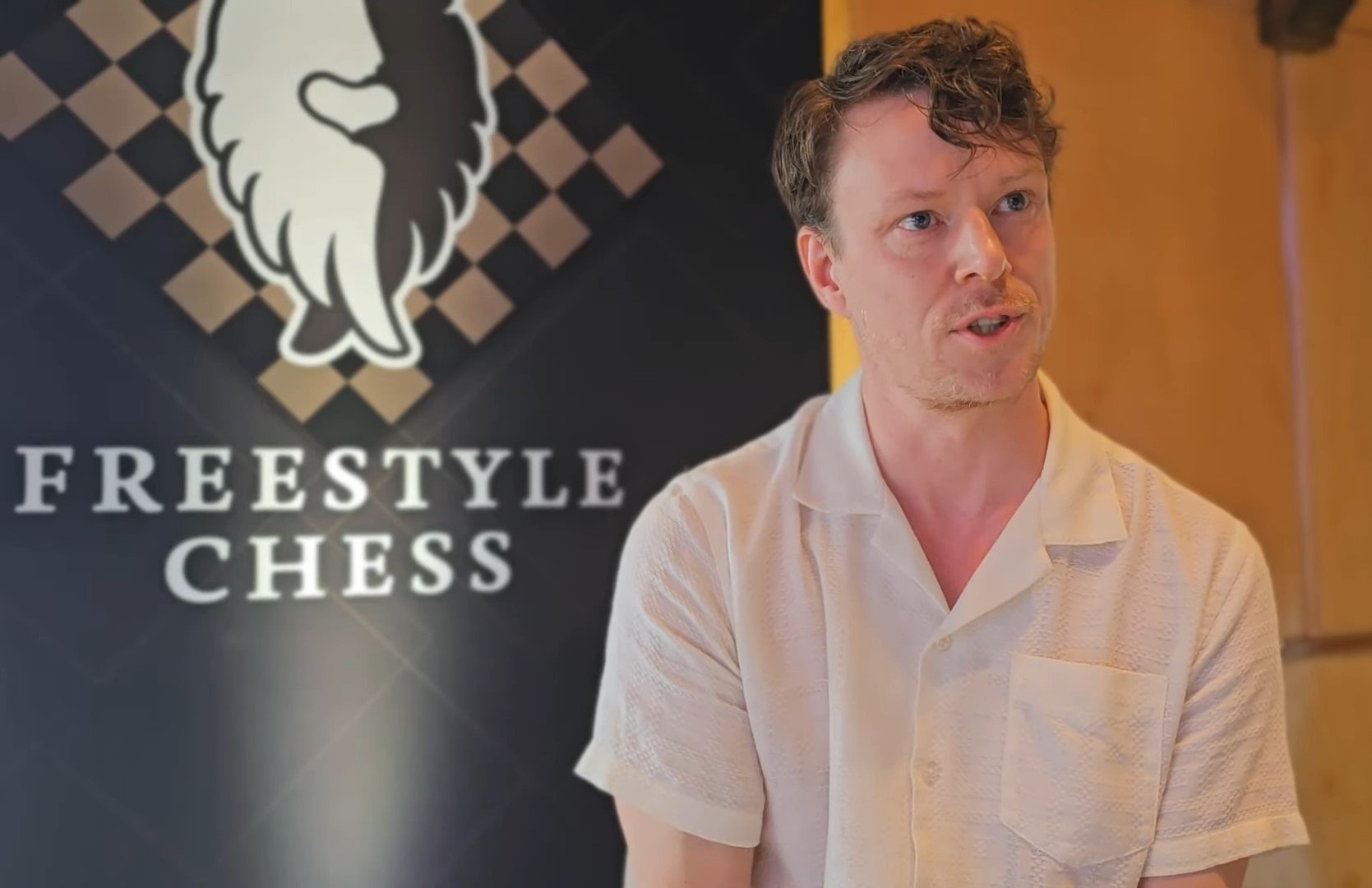

Published: Sep 28, 2022 07:49 pm